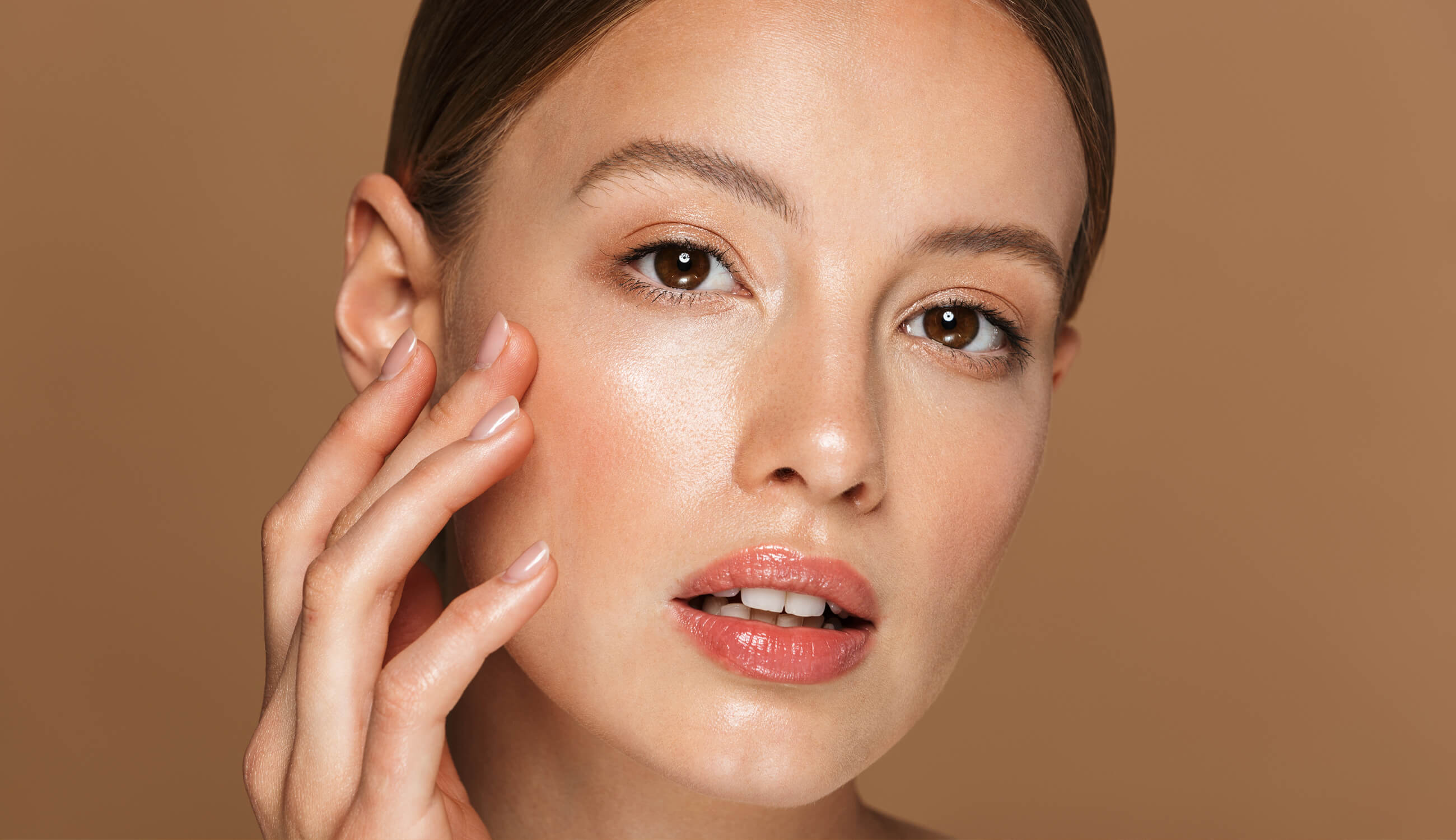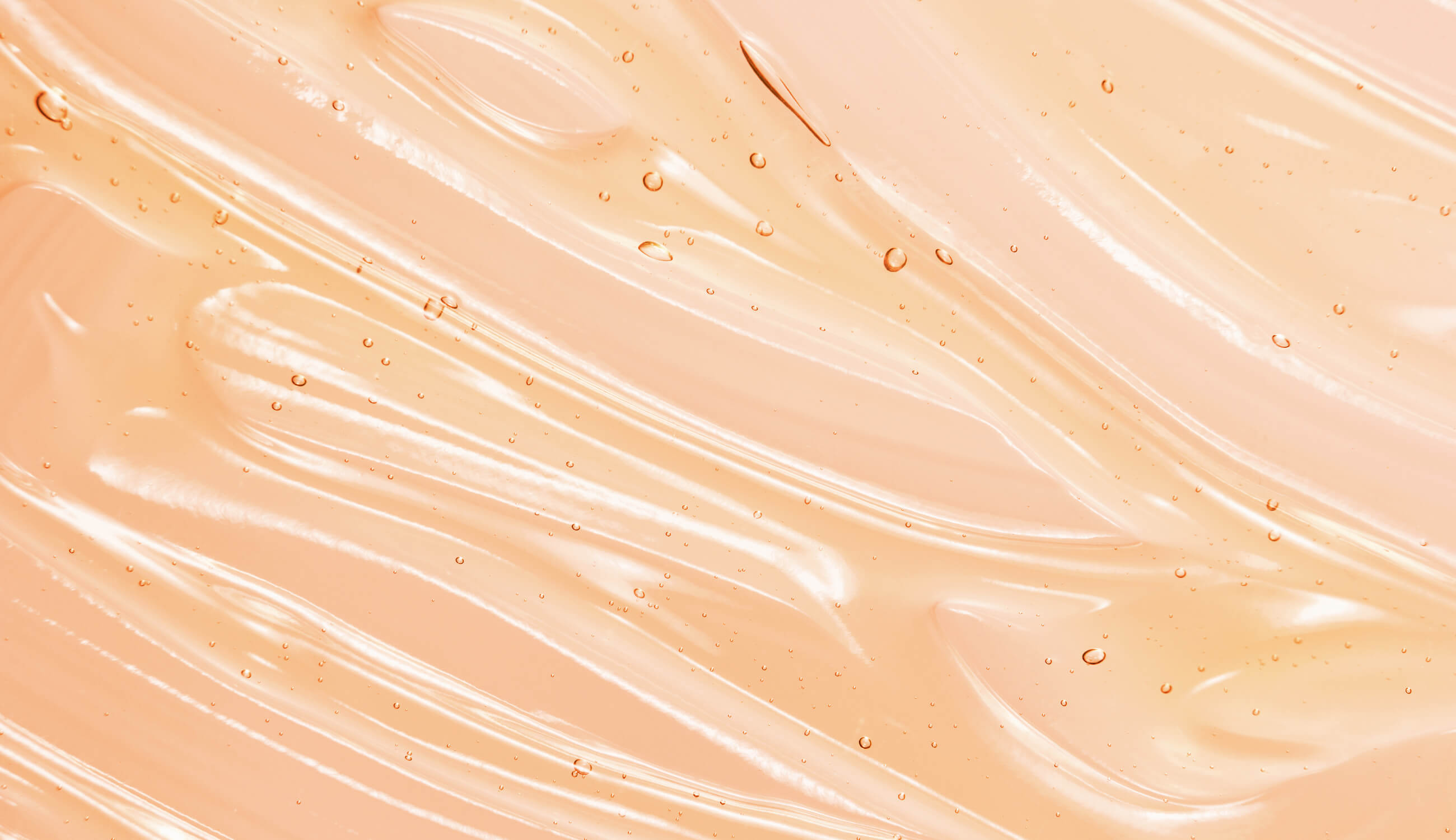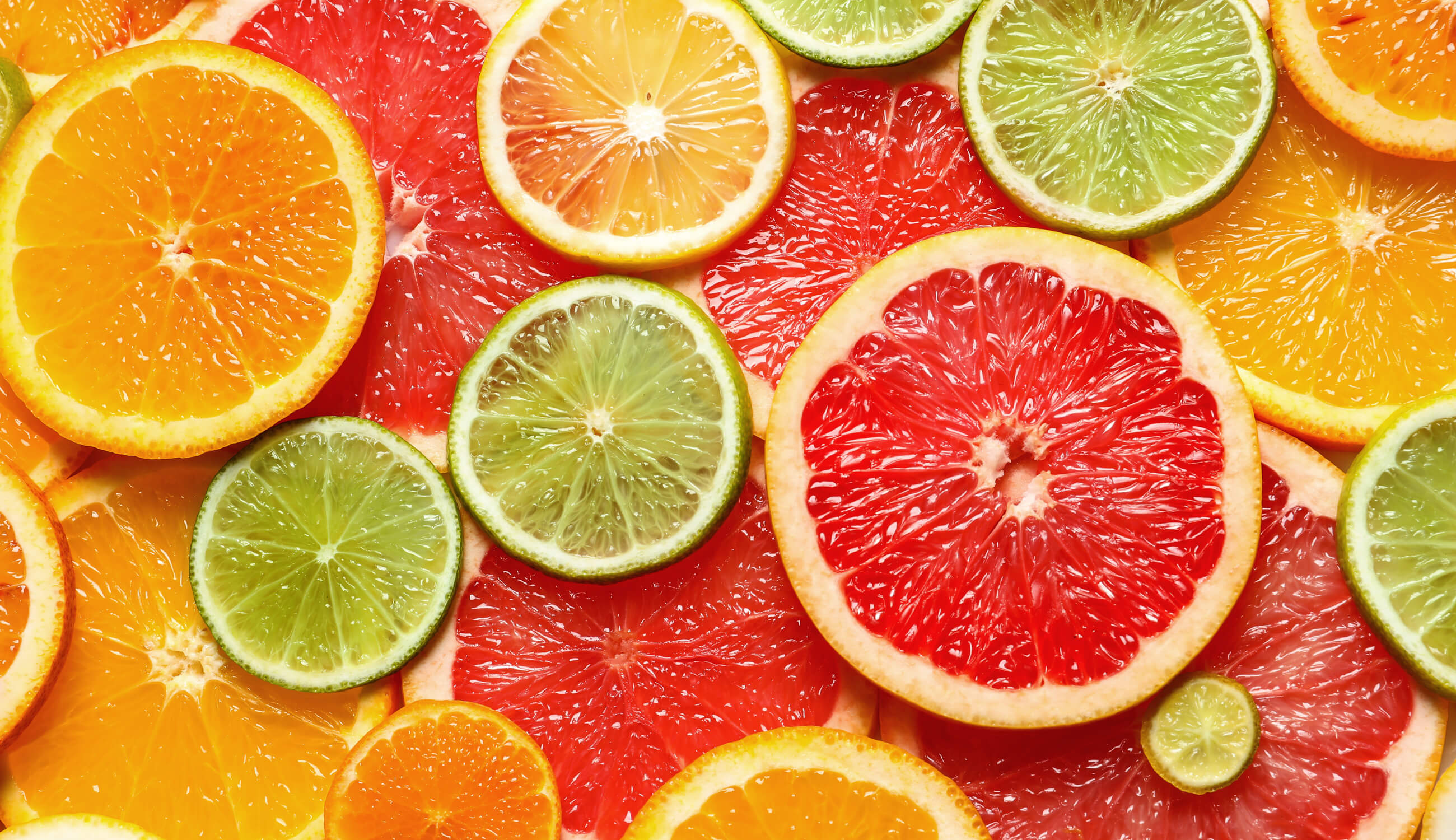A guide on how to exfoliate with acids and enzymes – including the do’s and don’ts of chemical exfoliation
Written by: 100% PURE ®
Facial scrubs have long been the tried and true option for exfoliating. Now, when you ask the question of how to exfoliate, you’ll now be faced with a multitude of options – one such answer is chemical exfoliation.
Think this form of exfoliation is something new? It’s actually been around since ancient Egypt, when Cleopatra bathed in sour milk! While milk baths aren’t the norm anymore, we can still use fruit enzymes, AHAs, BHAs, and PHAs to slough dead skin cells off.
Chemical exfoliation is a great option for a lot of people – but is it right for you? Read on to discover if chemical exfoliants are right for you, and how to exfoliate with your skin type in mind.
Exfoliation is the process of getting rid of dead skin cells from the surface of your skin. This allows for brighter, clearer skin; increased cell turnover; and deeper penetration of skin care products. There are two ways to learn how to exfoliate: Manual and chemical.
When learning how to exfoliate manually, you’ll use a tool or scrub to physically clear dead skin cells. When learning how to exfoliate chemically, you use a chemical liquid or gel to dissolve dead skin cells.
These methods are vastly different, and there are a few key differences you should be aware of when figuring out when – and how – to exfoliate.
Gentle vs. abrasive
Mild chemical exfoliants can often be more gentle than physical scrubs. Some of the most popular scrubs on the market use large, uneven particles like sugar, walnut shells, and microbeads. These particles make it easier to accidentally irritate the skin or cause microtears. When using too-large particles in your facial scrub, this can sensitize skin and leave it open to infection.
Reduced user error
When learning how to exfoliate, chemical exfoliants are less prone to user error in terms of pressure and application. Adding too much pressure while using a facial scrub can lead to redness, irritation, and inflammation. This is especially true if you suffer from skin conditions like rosacea, eczema, and acne.
The same can be true if you use a scrub for too long, or too often. Prolonged movements and harsh tugging, especially in the delicate eye area, can lead to irritation and fine lines.
To rinse or not to rinse?
Once you’re done with a physical scrub, you normally rinse the particles off. At-home chemical exfoliants are ones that you usually don’t wash off (unless they’re in a cleanser).

The most popular chemical treatments for learning how to exfoliate at home include hydroxy acids. Alpha and beta hydroxy acids are the most widely used, but poly hydroxy acids are slowly coming onto the scene. Some of the best and most popular exfoliating treatments in cleansers, toners, and serums include:
-
Glycolic acid
-
Salicylic acid
-
Lactic acid
-
Malic acid
-
Mandelic acid
-
Tartaric acid
-
Fruit enzymes (e.g. papain)
These treatments are derived from natural sources. Glycolic acid comes from sugar cane, malic acid comes from apples, and lactic acid comes from milk or fermented foods. Most of the other exfoliants listed come from fruits like papayas, which produces papain.
One thing to keep in mind is that this is an at-home guide on how to exfoliate. For stronger chemical treatments, like acid peels, you should be going to a board certified dermatologist. Non-professionals aren’t trained in how to exfoliate with high strength treatments, which can lead to severe chemical burns and irritation if not done properly.
When learning how to exfoliate at home, some of the acids you should stay away from include:
-
High strength treatments in the 20%–70% range
-
Trichloroacetic acid
-
Carbolic acid
Side note: Some consider retinol a chemical exfoliant. Retinol does increase cell turnover like acids do, but exfoliation isn’t its key purpose. This is an anti-aging ingredient meant to promote collagen and elastin production, while reducing the appearance of fine lines and wrinkles.
The first step in how to exfoliate is actually choosing your exfoliant. Understand that some exfoliators are stronger than others, which can sometimes lead to irritation or dryness.
If you have normal to oily skin, your skin may be able to handle a treatment like glycolic acid. Glycolic acid has a lower molecular weight than most other acids. This means it can penetrate your skin more deeply – a primary cause of irritation for sensitive skin types.
If you have oily and acne-prone skin, your skin may enjoy a salicylic acid (BHA) product. Excess oil and clogged pores are factors that contribute to acne. Salicylic acid is oil-soluble, so it can penetrate oily pores easily and help control oil production.
If you have dry or sensitive skin, you may find that glycolic or salicylic acid is too much for your skin to handle. If this is the case, have no fear; you have a host of options for learning how to exfoliate chemically.
Lactic, malic, mandelic, and tartaric acids have higher molecular weights. That’s why they don’t penetrate the skin as deeply – less irritation for the win!
Learning how to exfoliate with polyhydroxy acids (PHAs), while not as popular as lactic or malic acid, are another option for sensitive skin. The most common are gluconolactone, galactose, and lactobionic acid.
PHA molecules are much bigger than those of AHAs and BHAs so they work on a very superficial level. Plus, their higher molecular weight means you won’t experience sun sensitivity – though you should always use sunscreen whether or not you’re using acids. If you find your skin reacts badly to alpha and beta hydroxy acids, PHAs may be the acids for you!
Papain and other fruit enzymes are also suitable alternatives. They dissolve dead cells without disrupting the pH of the skin, which is why these enzymes are effective and gentle.

To prevent damage to your skin and optimize your exfoliation process, here are important tips and guidelines for how to exfoliate:
How to begin using chemical exfoliants
If you’ve never learned how to exfoliate with an acid before, you don’t want to jump straight into using higher percentages – start low and slow. Where you can start depends on how sensitive your skin is, and the percentage you’re using.
For glycolic acid and other fruit acids (AHAs), some choose to start at very low concentrations (think 2-5%) then work their way up to a 7-10% product. Depending on your skin type (typically more oily skin types), a 7-10% product may work for daily use without irritation.
For salicylic acid, or BHA, the highest amount you will usually find is 2% – you can start at a 0.5% concentration.
When to exfoliate
Using a chemical exfoliant in the morning, then going out into the sun is a big no! Alpha and beta hydroxy acids can make skin more sensitive to the sun, so use your chemical exfoliants at night. Even when you wake up and get ready to go out, use sunscreen and reapply every 2 hours.
How to exfoliate without irritation
Avoid applying a chemical exfoliant on wet skin; wait until your skin is fully dry to use it. As hydroxy acids (especially glycolic and salicylic acid) can dry out your skin, you always want to replenish your moisture levels afterwards. Don’t use any other irritating ingredients like alcohol or astringents that can dry out your skin.
How to avoid damaging sensitized skin
If your skin barrier is compromised or currently dealing with a lot of irritation, take a rain check on the exfoliation. Examples of these situations include sunburns and severe skin flare-ups related to eczema or dermatitis. Instead: hydrate often, lock in moisture, and soothe your suffering skin.
How to exfoliate the right amount
Listen to your skin: some may be able to exfoliate with a 7-10% product daily, but others can only handle exfoliating 2-3x a week. Signs of over-exfoliation include:
-
Dryness
-
Irritation
-
Flaking
-
Burning
-
Sensitivity to normal products in your routine
Now that you’ve learned how to exfoliate with acids and enzymes, you can decide whether or not this trend is for you! The best part is that chemical exfoliants are diverse – there’s something for every skin type! Take advantage of the enhanced product penetration and follow up with a night mask, which has plenty of big benefits for skin!
- Tags: January-2020, Skin Care, skincare
We carefully hand-select products based on strict purity standards, and only recommend products we feel meet this criteria. 100% PURE™ may earn a small commission for products purchased through affiliate links.
The information in this article is for educational use, and not intended to substitute professional medical advice, diagnosis, or treatment and should not be used as such.

